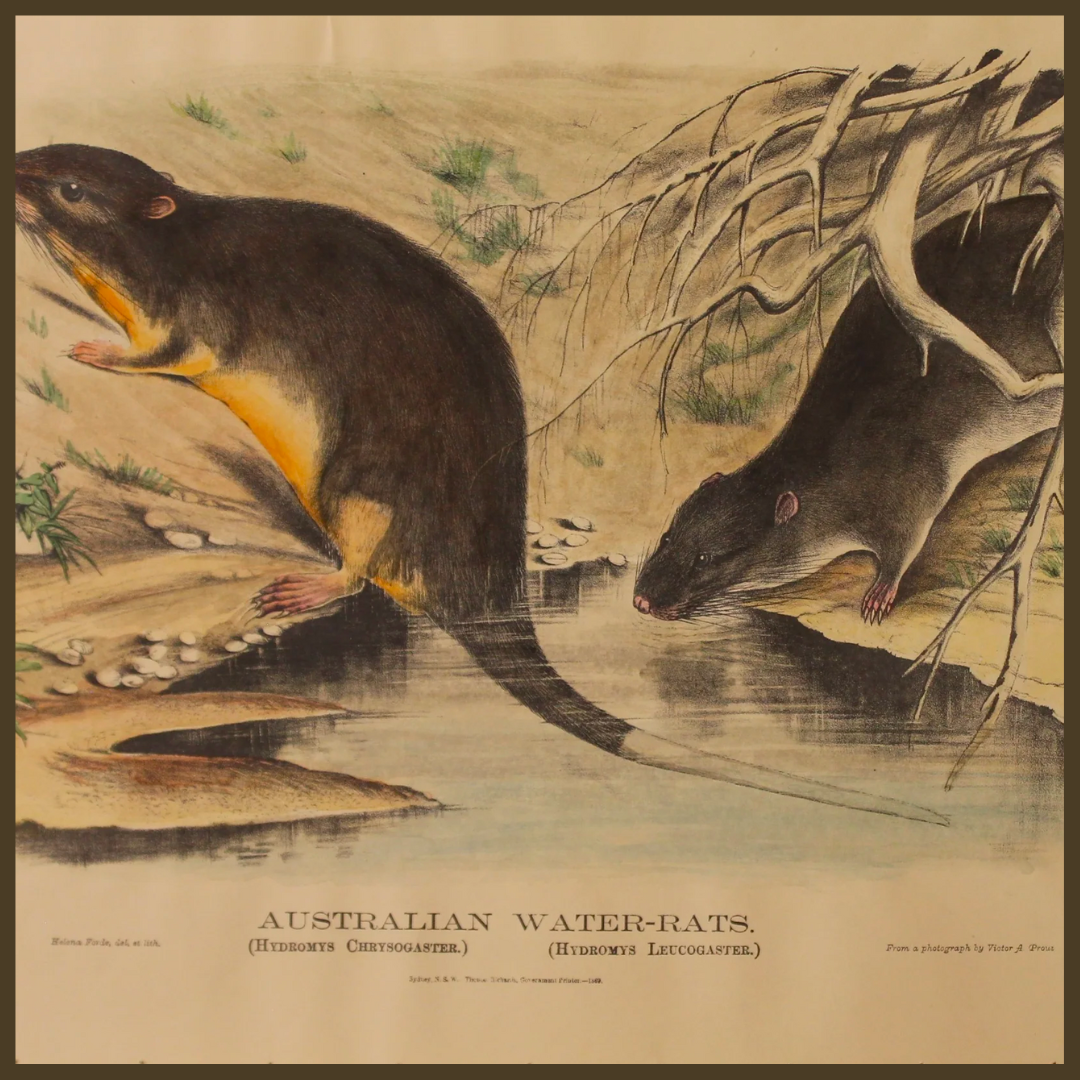
BIOGRAPHY OF HARRIET AND HELENA SCOTT
Share
Harriet and Helena Scott were the foremost natural science painters in New South Wales from 1850 until turn of the century, despite being born in an age when female scientific education was limited, women's 'gifts' were to be kept in the private sphere of home and hearth, and the professions were a male preserve. In Australia, as in England, the study of natural history was the pursuit of gentlemen, for whom amassing a collection was a status symbol. Yet, through prodigious talent, Harriet Scott and her younger sister Helena became esteemed as professional artists, brilliant natural history illustrators and meticulous specimen collectors. Contemporaries hailed their contribution to late colonial natural science, yet they were mostly forgotten until the twenty-first century.
The Scott sisters were daughters of Harriet Calcott, who was born in New South Wales in 1804 to a free woman, Catherine White, and the emancipist and 'convict made good' Richard Calcott. Calcott worked for the prominent Sydney merchant and pioneer Robert Campbell and by the 1820s owned a number of properties in the Rocks.
Harriet Calcott had two daughters, out of wedlock, by the time she was 19. Despite the outward rules of moral propriety, whereby an unmarried woman who gave birth was 'outcast' from society, the social mores in colonial Australia were somewhat more accommodating. When the brilliant, intrepid and very respectable Alexander Walker Scott arrived in New South Wales in 1829 he was little concerned that Harriet had 'a past' and accepted her two daughters into his household. Although Harriet Scott was born in 1830 and her younger sister Helena followed in 1832, Alexander and Harriet only married in 1846, when the girls were teenagers.
Walker Scott, a free settler, received a considerable grant of land shortly after arriving. As well as being a grazier and entrepreneur, he was an entomologist and a trained artist with a lifetime interest in natural science. He inherited his passionate curiosity for botany and entomology from his father, Dr Helenus Scott, a physician and botanist who worked for the East India Company in India for thirty years. This familial legacy shaped the trajectory of the Scott sisters' personal and professional lives.
The girls were schooled and educated by their father, firstly in Sydney and then at his estate on Ash Island in the Hunter River of New South Wales, where the family went to live in 1846. Ash Island, 2560 acres (1,000 hectares), had been granted to Alexander Walker Scott in 1829. It was a 'naturalist's paradise' with a visually splendid and luscious landscape of red cedar, coastal ash trees, mangrove and swamp oak and many species of eucalypt. The natural scientist and explorer Friedrich Wilhelm Ludwig Leichhardt visited the island and the Scott estate in 1842.
Here the Scott sisters began their life-long love affair with nature and botany, putting nature on paper, engraving it in stone and collecting hundreds of specimens. The girls' mother also encouraged their interest in the natural world.
Between 1852 and 1883 the sisters painted over 160 plant species from the countryside between Ash Island, Newcastle and the Illawarra. They also collected around Port Jackson, Manly, Lane Cove, Burwood, the Blue Mountains and Springwood, creating a catalogued treasury of the natural botanical life of New South Wales. Harriet or 'Hattie' as she signed herself, and her sister 'Nellie', became well known among members of the Entomological Society, of which their father was a founding member, earning high praise for their detailed, intricate paintings of Australian insects and native flowers. The sisters corresponded with colonial and international scientists and executed commissions for them.
Taken from Wikipaedia
Related Tag: Natural History Prints



